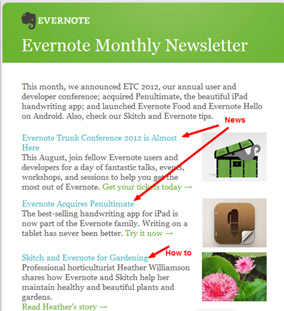
Using sensational headlines to trick people into opening emails or reading content, is a super-fast way to lose the trust and respect of your marketplace.
People hate being taken for a fool
If the content of a blog post, article or newsletter, etc., fails to deliver on the promise of its sensational headline, the author has just broken a promise to the reader.
Headlines and titles are important. Extremely important. A great headline will attract attention and encourage people to start reading. However, the headline needs to accurately reflect what the content delivers.
Otherwise, any success gained from getting more traffic will soon be lost, as people realise they were duped.
People respect honesty
With Content Marketing, using honest, well crafted headlines is the only way to attract and retain the attention of your marketplace.
It builds trust. It earns credibility. It’s worthy of you and your business.
Tip: Read this – Are you building a tribe or writing drive-by content?


 Here’s why this matters: By ‘letting us in’ on what the team are up to and allowing us to see how the company is developing, we feel like part of their community. We feel a deeper connection with them. We get a picture of the people and brand behind the product. Very few small business newsletters do this and as a result, they miss out on developing a stronger connection with their readers.
Here’s why this matters: By ‘letting us in’ on what the team are up to and allowing us to see how the company is developing, we feel like part of their community. We feel a deeper connection with them. We get a picture of the people and brand behind the product. Very few small business newsletters do this and as a result, they miss out on developing a stronger connection with their readers.

